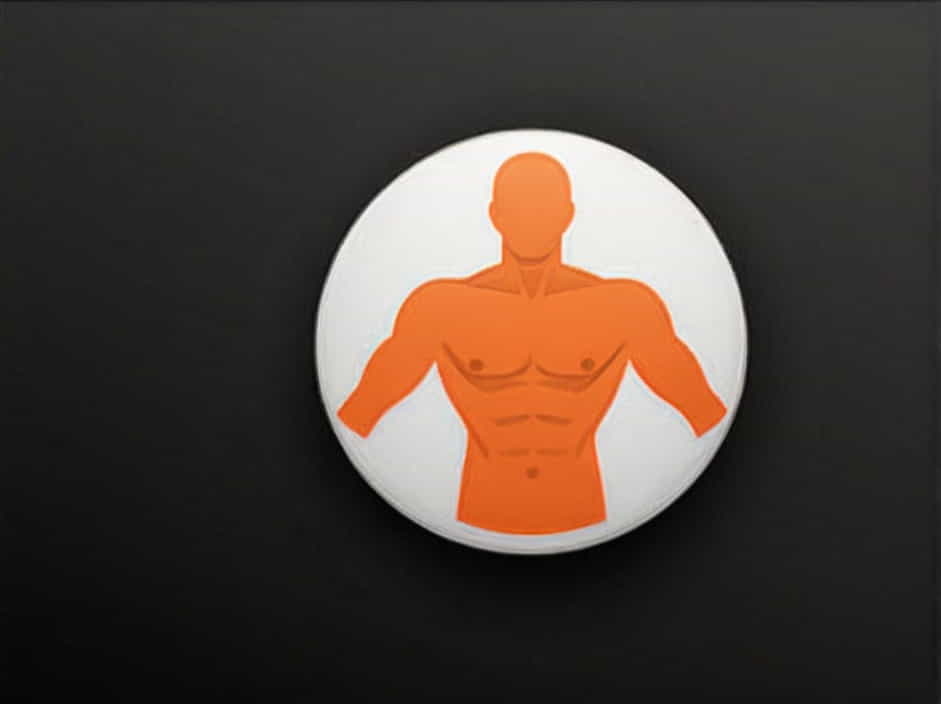Shoulder abduction is a fundamental movement that allows the arm to move away from the body. This motion is essential for everyday activities such as reaching for objects, lifting items, and performing overhead tasks. Several muscles contribute to shoulder abduction, working together to ensure smooth and controlled movement.
Understanding the anatomy and function of these muscles is crucial for injury prevention, rehabilitation, and strength training. This topic explores the muscles responsible for shoulder abduction, their roles, and their importance in human movement.
What Is Shoulder Abduction?
Shoulder abduction refers to the movement of the arm away from the midline of the body in the frontal plane. This action is commonly seen when raising the arms sideways, such as in lateral raises, jumping jacks, or lifting the arms to wave.
Several muscles contribute to this movement, but three primary muscles play a significant role:
- Deltoid (Middle Fibers)
- Supraspinatus
- Serratus Anterior and Trapezius (as Secondary Muscles)
Primary Muscles Involved in Shoulder Abduction
1. Deltoid (Middle Fibers)
- Location: The deltoid muscle covers the shoulder and consists of three parts-anterior, middle, and posterior fibers. The middle fibers are responsible for abduction.
- Function: The middle deltoid is the primary muscle for shoulder abduction from 15° to 90°. It generates most of the force needed to lift the arm sideways.
- Importance: Strengthening the deltoid improves shoulder function, enhances athletic performance, and helps prevent injuries.
2. Supraspinatus
- Location: Part of the rotator cuff, located above the scapula, running underneath the acromion.
- Function: The supraspinatus initiates abduction from 0° to 15°, providing the initial lift before the deltoid takes over.
- Importance: A strong supraspinatus stabilizes the shoulder joint, reducing the risk of rotator cuff injuries and shoulder impingement.
3. Serratus Anterior and Trapezius (Secondary Muscles)
These muscles assist in shoulder abduction by enabling scapular movement, allowing the arm to move beyond 90°.
A. Serratus Anterior
- Location: Runs along the side of the ribcage, connecting the ribs to the scapula.
- Function: Facilitates scapular upward rotation, enabling full range abduction beyond 90°.
B. Trapezius (Upper and Lower Fibers)
- Location: Extends from the neck to the upper back.
- Function: Works with the serratus anterior to rotate the scapula upward, allowing full arm elevation.
How These Muscles Work Together
The process of shoulder abduction occurs in three phases:
- 0°-15°: Supraspinatus initiates abduction by pulling the humeral head into the socket.
- 15°-90°: Middle deltoid takes over as the primary mover.
- 90° and beyond: Serratus anterior and trapezius rotate the scapula, enabling full arm elevation.
This coordinated effort prevents shoulder impingement and ensures smooth movement.
Importance of Shoulder Abduction in Daily Life and Sports
1. Essential for Upper Body Mobility
Shoulder abduction allows movements like reaching overhead, lifting objects, and lateral arm movements. It is critical in activities such as washing hair, putting on clothes, or playing sports.
2. Crucial for Athletic Performance
Sports like swimming, basketball, volleyball, and weightlifting require strong abduction muscles to perform overhead actions efficiently.
3. Prevents Shoulder Injuries
Weak abduction muscles can lead to shoulder instability, impingement, and rotator cuff tears. Strengthening these muscles improves shoulder health.
Common Shoulder Abduction Injuries and Prevention
Since the shoulder joint is highly mobile, it is prone to injuries. Some common problems affecting shoulder abduction include:
1. Rotator Cuff Tear (Supraspinatus Injury)
- Cause: Overuse, trauma, or degeneration of the supraspinatus.
- Symptoms: Shoulder pain, weakness, and difficulty raising the arm.
- Prevention: Strength training and proper warm-ups.
2. Shoulder Impingement Syndrome
- Cause: Repeated overhead movements causing compression of the supraspinatus.
- Symptoms: Pain when lifting the arm and reduced range of motion.
- Prevention: Avoid excessive overhead activities and strengthen the rotator cuff.
3. Deltoid Strain
- Cause: Lifting heavy weights improperly or sudden movements.
- Symptoms: Shoulder soreness, stiffness, and weakness.
- Prevention: Proper form in exercises and gradual strength progression.
Best Exercises to Strengthen Shoulder Abduction Muscles
To improve shoulder strength and prevent injuries, targeted exercises should be included in a workout routine.
1. Lateral Raises
- Target Muscle: Middle deltoid
- How to Do It: Hold dumbbells, raise arms sideways until they reach shoulder height, then lower slowly.
2. Scaption (45-Degree Raises)
- Target Muscle: Supraspinatus
- How to Do It: Raise dumbbells at a 45-degree angle instead of straight out to the side.
3. Shoulder Press
- Target Muscle: Middle deltoid, serratus anterior
- How to Do It: Press weights overhead while maintaining good posture.
4. Face Pulls
- Target Muscle: Trapezius
- How to Do It: Use resistance bands or cables, pulling toward the face to strengthen shoulder stability.
5. Wall Slides
- Target Muscle: Serratus anterior
- How to Do It: Stand against a wall and slide arms up while keeping contact with the wall.
Tips for Shoulder Health and Injury Prevention
- Warm up properly before any upper body workout.
- Maintain good posture to avoid unnecessary stress on the shoulders.
- Avoid excessive weight lifting beyond your capability.
- Incorporate stretching to keep the muscles flexible.
- Rest and recover to prevent overuse injuries.
The muscles that abduct the shoulder joint, including the deltoid, supraspinatus, serratus anterior, and trapezius, are essential for upper body function, mobility, and stability. Understanding their anatomy and role helps in improving performance and preventing injuries.
By incorporating strength exercises and proper shoulder care, individuals can enhance their shoulder strength, flexibility, and overall well-being.
